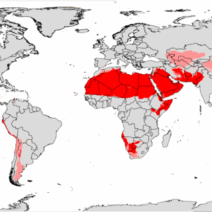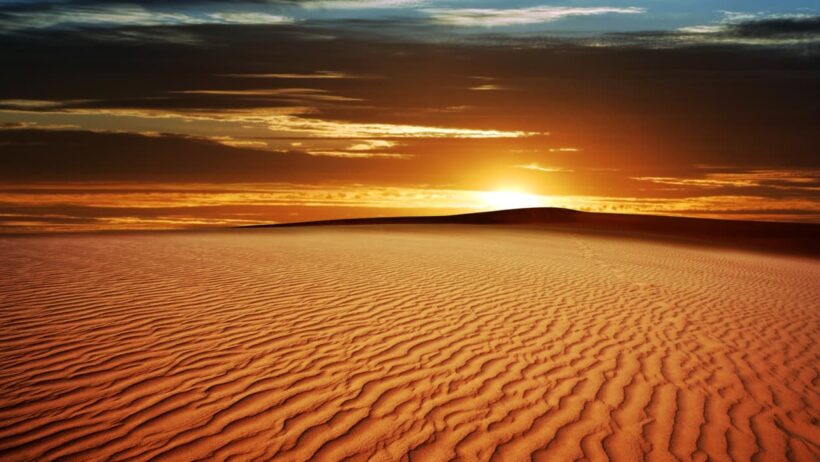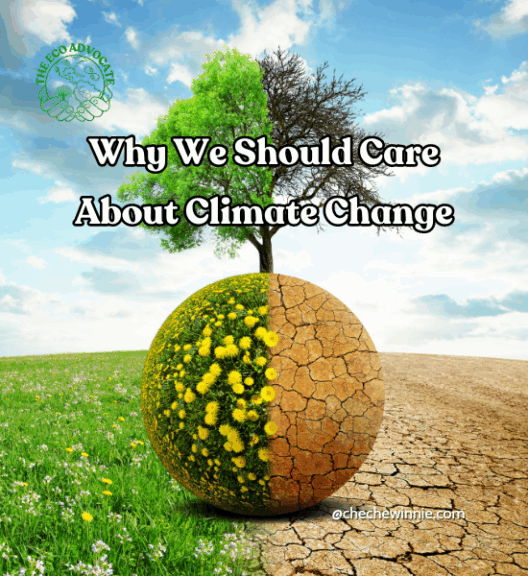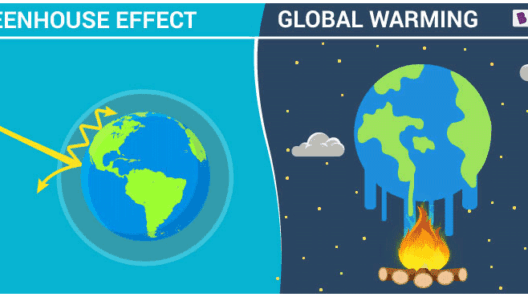The Sahara Desert, often described as a vast sea of dunes, epitomizes the stark beauty and unforgiving nature of arid landscapes. These shifting sands, however, tell a story much deeper than their aesthetic allure. Beneath the surface lies a complex interplay between environmental forces and human activity, with climate change emerging as a potent adversary. As global temperatures rise, the Sahara’s dynamic environment becomes increasingly threatened, catalyzing changes that resonate throughout the globe.
To understand the Sahara’s transformation, one must first appreciate its expanse. Covering over 9 million square kilometers, it ranks as the largest hot desert in the world. Its role in the Earth’s climate system is multifaceted. The Sahara acts as a massive heat sink, absorbing sunlight and influencing atmospheric patterns. Yet, this colossal expanse is not merely a barren wasteland; it is an intricate ecosystem teeming with life, albeit in forms uniquely adapted to endure extremities.
Global warming, unequivocally linked to anthropogenic activities, has started to manifest its effects within the Sahara’s borders. The increase in greenhouse gases has led to alterations in precipitation patterns, drastically affecting the already marginal rainfall the region receives. The annual rainfall in the Sahara averages a meager 3 to 5 inches, but fluctuations can turn parched landscapes into ephemeral lakes or push once-fertile areas towards desolation, complicating the lives of indigenous communities who rely on these delicate balances.
Moreover, the interplay between temperature and aridness gives rise to a troubling phenomenon: desertification. This process not only deteriorates the soil quality but also contributes to the displacement of flora and fauna. Pockets of biodiversity that have existed for millennia find themselves at risk. Endemic species are particularly vulnerable, as they may lack the genetic diversity needed to adapt to rapidly changing conditions. The fragile ecosystems can decimate under the pressure, as local fauna and flora become contorted reflections of the droughts they endure.
The socioeconomic implications of these changes are equally alarming. The communities residing in and around the Sahara rely heavily on agriculture and pastoralism for their livelihoods. With climate change exacerbating droughts, traditional practices are increasingly untenable. Many farmers Are confronted with the specter of failing crops, and livestock herders are forced to migrate in search of greener pastures, stretching the bounds of social stability and igniting conflicts over resources.
In response to these challenges, communities are being pushed to adapt. Innovative agricultural techniques are being explored, such as the introduction of drought-resistant crop varieties and the implementation of conservation agriculture. Solar energy is also gaining traction, providing communities with the means to generate power while mitigating environmental degradation. Yet, adaptation is a double-edged sword; the resources and knowledge required for these transitions are often unevenly distributed, further entrenching inequalities in the region.
As these local efforts unfold, it is crucial to acknowledge the global implications tied to the Sahara’s plight. The shifting sands could very well serve as bellwethers for broader climatic changes elsewhere. Dust storms originating from the Sahara transport nutrient-rich particles across continents, fertilizing far-off ecosystems. However, as climate change alters the desert’s landscape, these dust clouds may also carry harmful pollutants, exacerbating air quality issues in distant urban centers.
This interconnectedness underscores a vital truth: climate change is a multifaceted crisis that transcends borders. The Sahara’s changing topography serves as a vivid reminder that local transformations can have reverberations that ripple across the globe. As resources dwindle and adaptation becomes paramount, it serves humanity to foster a collective commitment to sustainable practices and environmental stewardship. Solutions must be collaboratively sought, transcending political and geographic divisions to forge a world where deserts do not deepen existing inequalities but instead promote an ethos of resilience and regeneration.
In the face of such challenges, one cannot overlook the poetic allure of the Sahara’s sands, the ever-shifting dunes that have captivated countless explorers and adventurers. Yet, the romanticism belies a stark reality; enchanting as the desert may be, its beauty cannot blind us to the threats imposed by climate change. The Sahara is not simply a static landscape; it is an evolving entity, dictated by the climatic forces that shape it.
To effectively confront the encroaching shadow of global warming, robust scientific research and innovative policymaking are essential. Understanding the intricate connectivity within desert ecosystems and the broader implications of climate change will assist in crafting targeted interventions aimed at preserving these irreplaceable landscapes. The complex tapestry of life in the Sahara deserves not mere admiration, but a concerted effort to safeguard its future.
In conclusion, the Sahara’s shifting sands serve as both a metaphor and a reality of our times. Just as the dunes are shaped by the wind and the elements, so too must humanity adapt to the winds of climate change sweeping across our planet. As we navigate this critical juncture, let the Sahara be a testament to the resilience of nature and the determination of communities striving to flourish against all odds. It is incumbent upon us to heed the lessons embedded in these arid landscapes, for they hold a mirror to the fate of our global environment.








